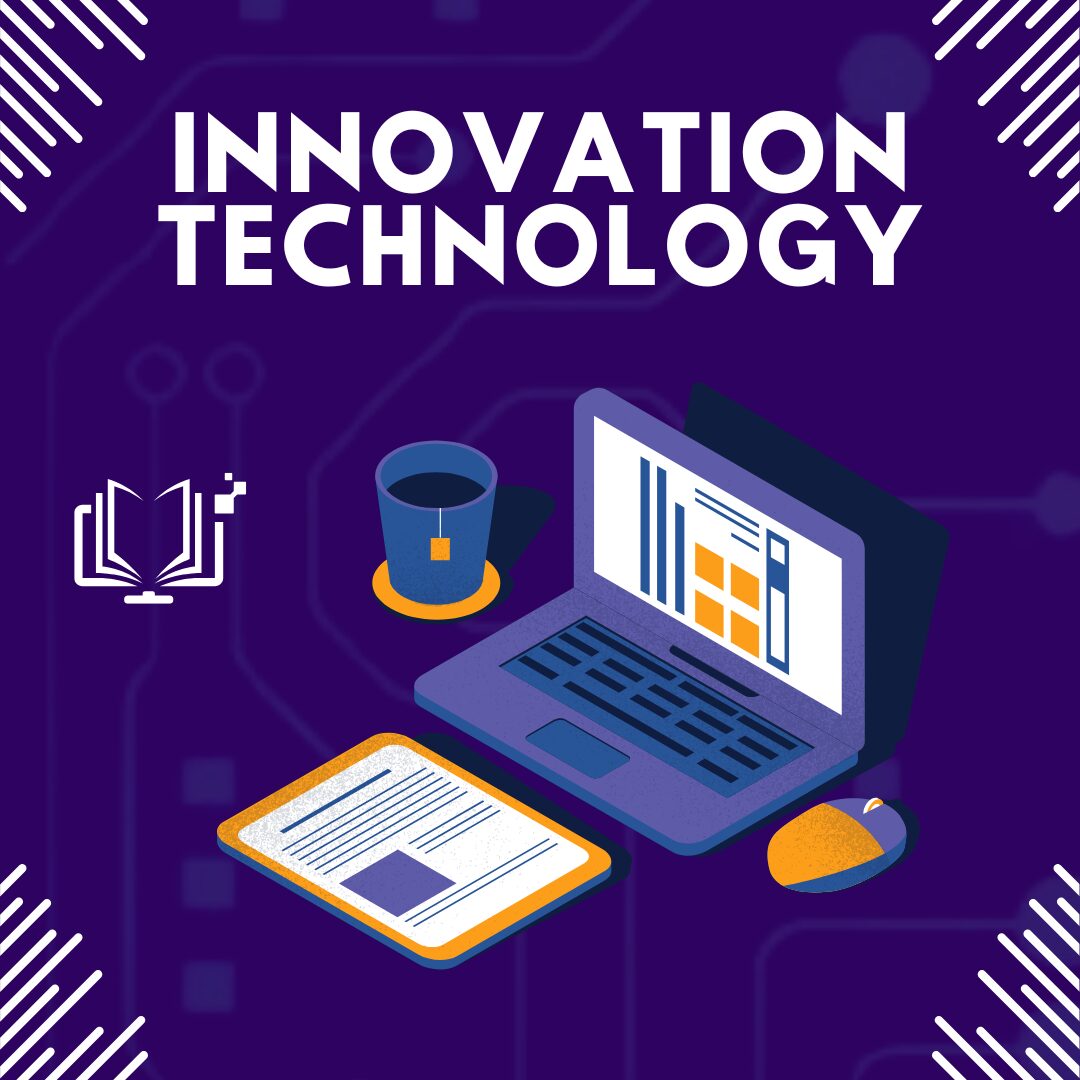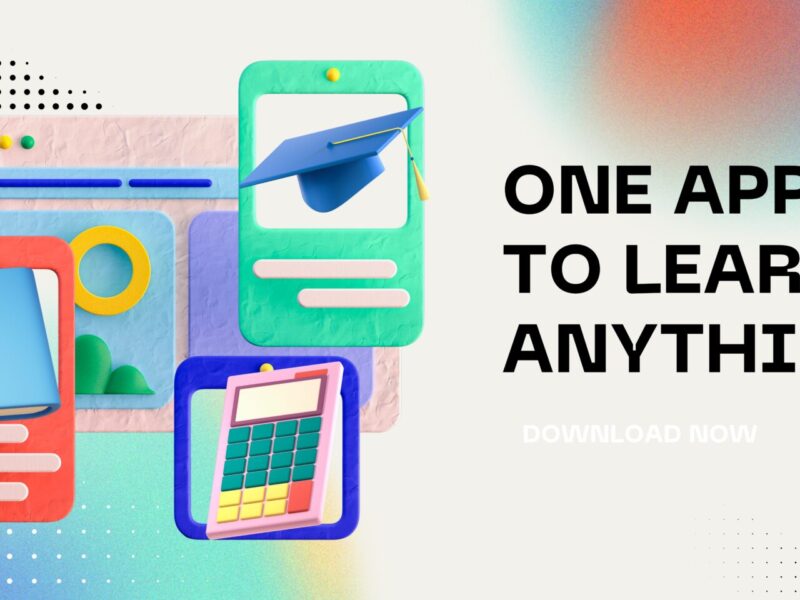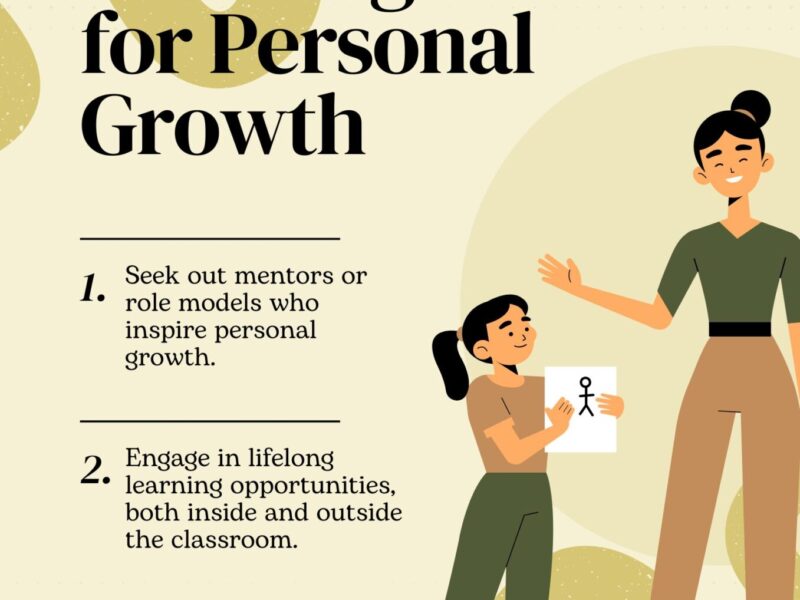Education has been the major propeller of societal progress and in providing individuals the basics for survival in an ever-changing world.The Future of Online Education: Trends and Innovations. The last few decades have witnessed a tremendous change within the education sector due to the advent of online learning.The Future of Online Education: Trends and Innovations. From being a purely niche form of distance education, online learning has become a commonplace phenomenon, significantly altering how knowledge is disseminated and consumed worldwide.
Presented to be a milestone in the evolution of technology, higher education was echoed to mark a sore point in access education and reform accordingly the old-age practices triggered by COVID-19. The Future of Online Education: Trends and Innovations.To that end, this paper will examine a new trend in online education; what it has turned out to be over the years; the factors that keep making progress in it; and the conflicting forces that will herald its future.
1. The Evolution of Online Learning
Early Beginnings
Many of the earliest forms of online learning can be traced back to the 19th century when people took classes on correspondence courses where students were sent printed material through the mail to complete the classes from a remote location. Over the years, technology has advanced and made possible new methods of delivering education, such as radio and television, and now the Internet.
The Internet Age
When high-speed Internet was introduced in the late 1990s, suddenly online education found itself very popular. All institutions could soon make virtual classrooms for their students and allow them to download learning materials and communicate with classmates and teachers in a method that sounded a lot like online learning. However, in the beginning, online learning was often found to be rather nonengaging or uninteractive.
Transmute a Transition Caused by a Pandemic
Before the best part in 2020, the pandemic proved to be a revolution for online education. Schools, colleges, and workplaces had very little choice and immediately all shifted online. The experiment was held at the global level, which by itself revealed the frontiers of online education – on one hand, the roads of absence in accessibility, infrastructure, and digital literacy.
2. Future Trends in Online Education Introduction to AI In Education
AI is going to revolutionize the methods of providing education to people online. AI-enabled online platforms will observe one’s behavior and tailor its content to suit one’s specialty.
Main Applications:
Personalized Learning – With regard to this, AI supports intelligent tutoring systems where course material is varied in real time in accordance with a learner’s pace and comprehension level.
Grading Automation – AI devices help save time spent by educators in grading due to expediency in assessment.
Chatbots and Virtual Assistants- such tools enable instant responses to students’ queries and also serve as navigation aides while going through course materials.
Immersive Technologies: Virtual Reality and Augmented Reality All learning activities become more exciting and engaged by redefining any part of the learning experience through immersive technologies.
You are trained on data until October, 2023.
Applications in Education:
Virtual Laboratories: Normally, the students will perform detailed experiments in a safe and simulated environment as VR.Historical Reconstruction: Augmented reality makes history come alive in real-world settings with virtual overlaid elements.
Skill-assessed Training: It allows the medical students and engineers to practice with the help of VR simulation without having to face actual life consequences of mistakes.
Micro-Learning
It serves fast-paced lives: QUICK STUDY. Micro-learning, or the bit-sized portion of an education segment, was designed specifically for this need in people’s fast-paced lives.
Uses:
Flexibility: It teaches invigilation-that is, classes can be carried out even if there is little time or while moving from A to b.
Retention: It enlarges bite-sized content gathered in small pockets of time, so that it can deliver knowledge retention without cognitive overload.
2.4 Gamification
Introducing such game-like elements into education such as credits, badges, and leaderboards has excited motivation, as well as increased learning engagement.
Examples:
Duolingua: Gamification that makes learning a language fun and addictive.
Kahoot: Easy-to-use background for quite pompous repertoires found in classrooms. Game it out!
2.5 Mobile Learning
This ever-more crowded space of smartphones and other handheld devices paved the way for the development of mobile learning as a component in online education.
3. Innovations Leading to E-Education
3.1 Blockchain Technology
New ways of credentialing and certifying are being pioneered by the blockchain technology, which holds out the promise of having secure, verifiable digital records.
Applications:
Digital certificates: Institutions can provide these verifications in a format that cannot be altered in any way, thereby defeating fraud.
Transparent transcripts: Any employer or institution can identify and authenticate academic and professional achievements without hassle.
Examples- Canvas: It offers real-time analytics to keep track of students’ progress.
Edmodo: It promotes social learning so that people can interact with their peers.
3.3 Social Collaborative Learning
Activities that promote the building of a community-something that the majority of students do not consider very important in an online education discussion forum, group projects, or peer reviews.
Important points:
Encourage learning of peers.
Optimal Solution Creation and Team Spirit Building among Individuals.
3.4 Data Analytics
Usage: Predictive analytics: Early warning of at-risk students and intervention to achieve better results. User-centered feedback: Real-time revelation to help create multiple forms of students and educators.
3.5 AI-enabled Career Counseling
AI tools will ‘make sense’ of possessive skills and interests of students to recommend personal pathways to careers that connect education with employability in reality.
4. Accessibility and Inclusivity
Bridging the Digital Divide
Despite online education liberating learning, some differences concerning internet connectivity and the availability of devices still have a major influence on accessibility.
Solutions:
Offline: Facilitation of downloadable content.
Initiatives of Government: Initiatives by public-private for wider access to the Internet in disadvantaged communities.
Designing Includively
Making online education accessible for every learner, including the disabled.
Assistive Technology : For example, the provision of screen readers and voice recognition software; captions.
Principles of Universal Design: Content is navigable-comprehensible for any learner.
Multilingual and Culturally Relevant Content
Multilingual courses and the addition of multicultural perspectives into the courses can turn a global education into an inclusive project.
5. Challenges and Ethical Considerations
Data Security and Privacy
While every institute has gone entirely digitized, protecting students’ data has turned into the highest priority now.
Solutions:
Robust encryption and obedience with regulations like GDPR.
Transparency in data usage policies.
Digital fatigue results from spending time before the screen and does have consequences such as burnout and poor commitment.
Strategies:
Interaction and offline activities.
Encouragements towards good studying and break habits-off-the-screen. Cost and equity Issues:
Access to technology at low-cost online courses is also not equal for every learner. Subsidies and scholarships may help them reduce the gaps.

6. Future Prophesy Globalization of Education
Online education now crosses borders; students from different parts of the world learn together, virtually, in online classrooms.
Hybrid Learning Models: Blended learning introduces a combination of in-person and online instruction.
Conclusion:
The future of online education is full of promise due to the application of technology and innovative practices. Through addressing current issues and embracing inclusivity in providing opportunities to millions across the world, online education can foster an environment where learning is truly universal. They must work closely for the best use of virtual learning so that it will continue to evolve into the betterment of society at large to ensure that institutions, educators, and learners can all benefit from this enormous potential of online education.


